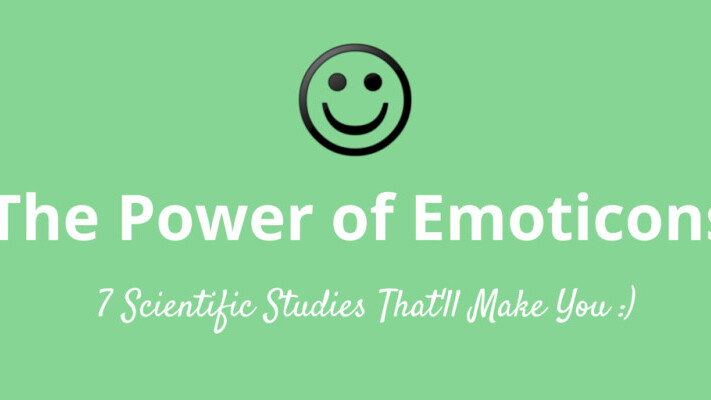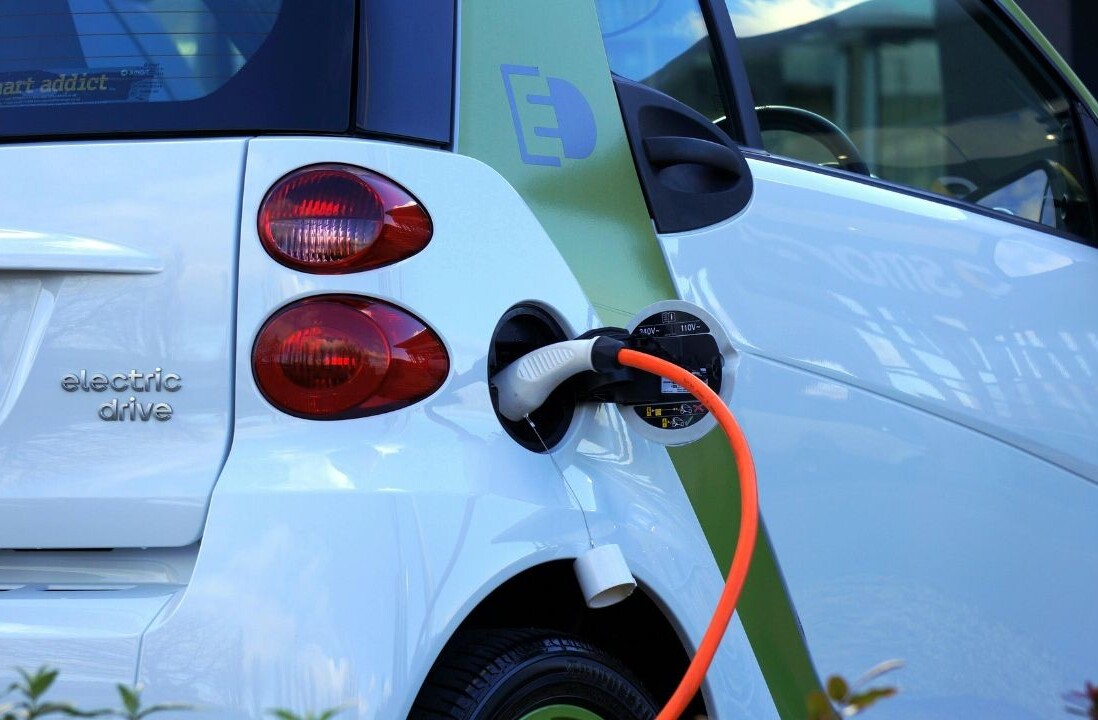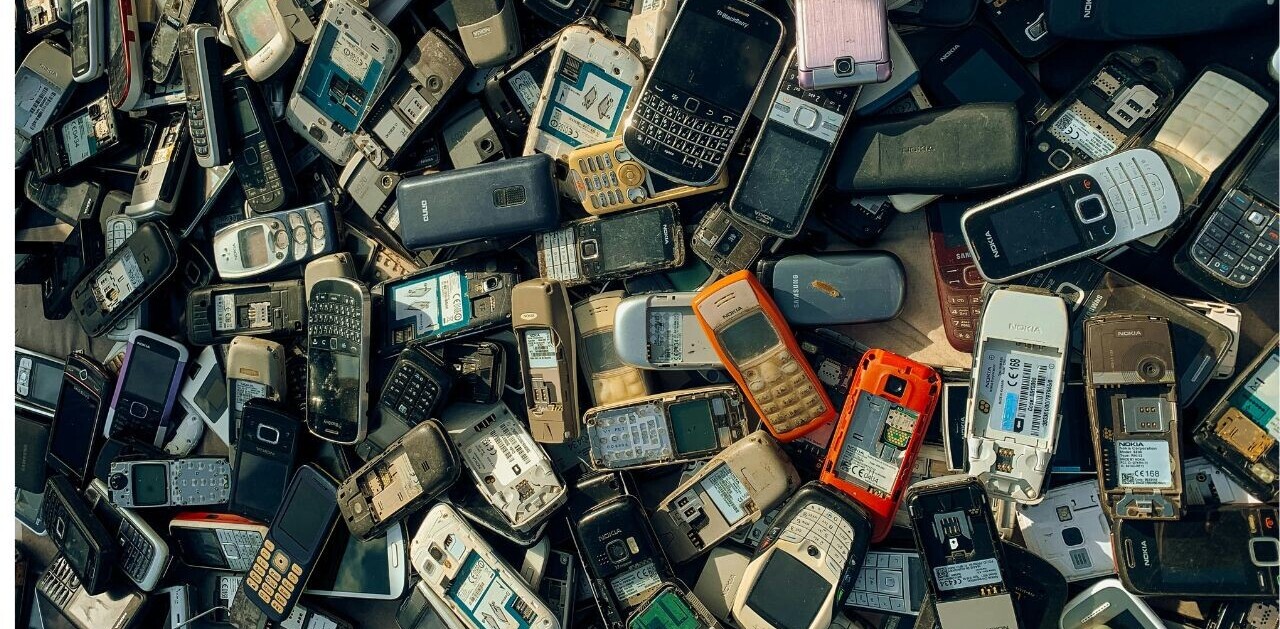
This post originally appeared on the Buffer blog.
Do you remember seeing your first emoticon?
The first documented use of “:-)” dates back to 1982, when Scott Fahlman proposed that it be used as a “joke marker” on a message board for Carnegie Mellon University computer scientists. Here’s his Internet-changing message:
“I propose that the following character sequence for joke markers:
“:-)”
Read it sideways.”
Today, emoticons need a bit less explanation. As social media has grown (and character counts have shrunk), these pictorial representations of feelings are playing a significant role in communication.
If you’re still not sure whether emoticons are a good fit for your brand’s social media voice and tone, we’ve gathered up seven real-deal scientific studies that say using emoticons can make you appear friendlier, grow your popularity on social media, and even make you happier offline!
I’m feeling ![]() already…
already…
1. They make you more popular on social media
An analysis of more than 31 million tweets and half a million Facebook posts uncovered the fact that positive emoticons can be a social media status marker.
Simo Tchokni of the University of Cambridge Computer Laboratory and her colleagues used various metrics such as number of followers and Klout score to determine the traits of influential social media sharers—and emoticons were a common factor.
“The emoticon features achieved high performance, suggesting that there is a strong link between emoticon use and social power. Powerful users tend to use emoticons often and high Klout is strongly associated with positive emoticons,” the study concluded.
2. We react to them like we would real human face
If you ever wish you could reach out and talk to your followers and fans face-to-face, here’s some good news: An emoticon might be the next best thing!
Scientists have discovered that when we look at a smiley face online, the same very specific parts of the brain are activated as when we look at a real human face.
A caveat: This only works in the left-to-right format. In other words, humans now read “:-)” the same way as a human face, but not “(-:”.
“Emoticons are a new form of language that we’re producing, and to decode that language we’ve produced a new pattern of brain activity,” researcher Dr. Owen Churches, from the school of psychology at Flinders University in Adelaide, told ABC Science.
Why might this make a difference when it comes to social media and marketing? Because human faces are particularly effective attention-grabbing mechanisms.
“Most of us pay more attention to faces than we do to anything else,” says Churches, who has been studying the neuroscience of face perception for years. “We know experimentally that people respond differently to faces than they do to other object categories.”
3. They’re OK even in business settings!
You might have heard that emoticons aren’t so professional for workplace communication. That might still be true in some industries, but more and more smiley faces are entering work emails—and the science shows that no one really seems to mind.
A University of Missouri-St. Louis study wanted to test how people perceive smiley faces in a work email as compared to a social email. Researchers sent two types of email messages to a group—one a flirtatious message, another extending a job interview request—and added emoticons to some of each.
The researchers discovered that the smiley faces in both types of fictional emails made the recipient like the sender more and feel that the sender liked them more. Even in the work oriented mail, the sender’s credibility wasn’t affected by the emoticons—even when they used four!
“In a task-oriented context, where impersonal, cold, and unsociable features of computer-mediated communication are strongly encouraged in order to build credibility or professionalism, using emoticons in e-mail might create a positive expectancy violation by being friendly, emotional, and personal,” the study concluded.
4. They soften the blow of a critique
Got a critique or some feedback to share? Emoticons can lend a hand.
Studies on workplace communication show that when specific, negative feedback from a superior comes with positive emoticons, employees are more likely to feel good about the message and more likely to make the changes asked of them.
“Our results suggest that using liking emoticons increases perceived good intention of the feedback provider and decreases perceived feedback negativity when the feedback is specific.”
It’s worth noting that using disliking, or negative, emoticons had the opposite effect in some cases.
5. They make you appear more friendly and competent
Want to look smarter and more approachable online? Emoticons could be the answer.
In a study that had participants chat online with “health experts” and “film experts” who either used or avoided emoticons, the participants rated the experts in both topics friendlier and more competent when they communicated with emoticons.
This study also noted an awesome side benefit to emoticons: It might help you remember what you’ve read more easily! The study authors write:
It appears that the presence of emoticons affects cognition as well, because participants’ scores on memory for chat content were significantly higher in the “emoticons present” condition than in the “emoticons absent” condition.
6. They create a happier workplace
Researchers have long known about the negativity effect in email, which is the phenomenon that a recipient is likely to perceive an email as more negative than the email sender intended. Since we don’t get the chance to share facial expressions and other nonverbal cues in our emails, they can sometimes be tougher to interpret.
But emoticons might be able to help.
In a 2013 study, 152 professionals read an email message both with and without smiley emoticons that were part of a fictional workplace situation.
Example Message:
I can’t make the meeting you scheduled because it conflicts with my staff meeting. Email me and let me know what I missed.
vs.
I can’t make the meeting you scheduled because it conflicts with my staff meeting. Email me and let me know what I missed.
When they were questioned about what they read, the results showed that emoticons reduced the negativity effect in the business-related email messages—the same message sounded less negative when paired with a positive (smiley) emoticon.
“The findings suggest that these symbolic emotional cues help “clue in” the recipient towards a particular emotion (in this study, the smiley face emoticon represented a more positive tone), thereby clarifying the intentions of the sender,” the study’s authors write.
They added that emoticons could help employees in remote locations more accurately “read” the emotional content of a message and could help mitigate cyber aggression and conflict over email by clarifying messages and giving the conversation a more “light-hearted” tone.
7. They correlate with real-life happiness
One last reason to consider adding emoticons to your vocabulary? They might just make you happy!
A 2008 study found that emoticon users experience a “positive effect on enjoyment, personal interaction, perceived information richness, and perceived usefulness.”
The study added that emoticons are “not just enjoyable to use, but also a valuable addition to communication methods.”
Do you use emoticons? Do you notice a difference in how they make you feel when you see them in communication? I’m keen to hear your observations and experiences in the comments!
Read next: Emoji love: Why we <3 emoticons
Get the TNW newsletter
Get the most important tech news in your inbox each week.







